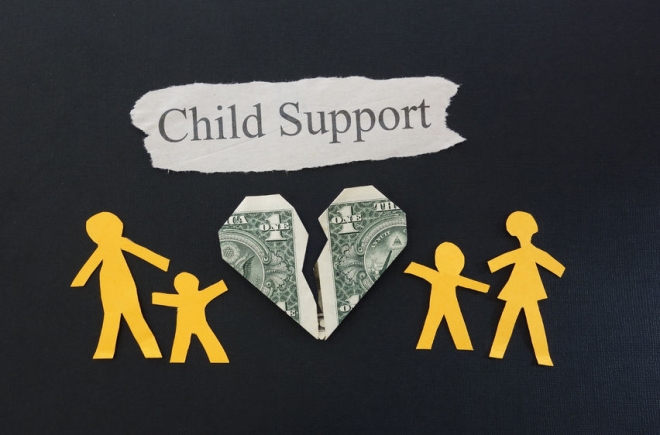During the COVID-19 pandemic, stores worldwide experienced food shortages due to disruptions in the supply chain. Some of those shortages have continued into 2022, making it difficult for shoppers to find what they need.
Although food shortages hurt everyone, they make it even harder for low-income families to afford nutritious foods. Fortunately, planning for food shortages is possible even if you’re living on a tight budget. Keep reading to learn more about why there are so many food shortages and what you can do to protect your family.
Examples of Food Shortages
Food shortages receive a lot of attention on American news networks. However, they’re not a problem unique to the United States.
In Europe, skyrocketing energy prices have forced farmers to reduce production or stop farming altogether, leading to shortages of vegetables grown in greenhouses or stored in cold environments. This includes cucumbers, tomatoes, bell peppers, apples, and onions.
Russia’s invasion of Ukraine has increased food prices in Asia, resulting in shortages across several Asian countries. Inflation is also making it difficult for growers and manufacturers to meet the demand for their products.
In Sri Lanka, for example, food prices have increased by more than 90%, forcing consumers to make tough decisions at local grocery stores. In the United States, stores are running low on many foods, making it difficult for shoppers to find their favorite ingredients.
Russia and Ukraine are some of the world’s biggest suppliers of chickpeas (garbanzo beans), so the conflict between them has resulted in a shortage of canned and dried chickpeas. Ukraine is also a significant wheat supplier, reducing the supply of wheat products. U.S. stores also grapple with shortages of canned goods, avocados, meat, and eggs.
American families have also had to contend with a shortage of baby formula, partly because of supply chain issues and partly because some products had to be recalled due to safety concerns. The United States even had to import some formula from Europe to meet the demand, causing prices to increase.
Reasons for Current Food Shortages
According to the Asian Development Bank, manufacturers, wholesalers, and retailers face a “perfect storm” of geopolitical events. These events make it difficult to produce food and get it into consumers’ homes.
Problems at Production Plants
In 2022, several food production plants caught on fire, forcing them to temporarily or permanently close. Most of the fires have been ruled accidental; fire marshals are still trying to determine the cause of the other fires.
Regardless of how they started, these fires have contributed to food shortages by disrupting operations. One of the latest fires damaged a chicken processing plant in South Carolina.
In June 2022, Smithfield Foods announced that it would cease production at its Vernon, California, facility early in 2023. Company representatives state that the move is due to the increasing costs associated with operating a business in California.
Livestock Losses
As many as 4,000 cattle died in Iowa during the summer of 2022. Experts attribute their deaths to extreme temperatures in July. Cows who survived the dangerous heat wave may have long-term problems with their fertility, further contributing to shortages of beef and other food products.
Potential Labor Strikes
The threat of a railroad strike also looms large over the United States. Railroad workers have been battling for paid sick time, with multiple unions fighting on their behalf behind the scenes.
The battle has been so contentious that the U.S. House of Representatives passed a bill forcing railroad companies and unions to accept a deal that had previously been voted down. Even though the bill passed, there’s still a chance railroad worker will strike without their unions’ support.
Reduced Nitrogen Availability
For various reasons, in 2022, there was reduced nitrogen availability in the U.S. This reduced availability impacted the number of crops that can be grown, affecting the amount of food available at local grocery stores in 2023.
Dwindling Diesel Fuel Supply
Weeks ago, it was announced that less than 25 days of diesel fuel were available in the U.S. Diesel is used by trains and trucks to deliver goods and produce to local stores. Once the diesel supply is exhausted, we can expect additional impacts on food availability in grocery stores.
How to Prepare for Food Shortages
These shortages aren’t going to disappear magically, so planning is essential. You may only be able to avoid shortages partially, but you can ensure that your family has enough food to survive. Here are seven tips for preparing for a food shortage if you don’t have a ton of cash on hand:
-
Consider raising your own chickens. Eggs are an excellent source of protein, but food shortages have made them more expensive than ever. You can enjoy fresh eggs as often as you’d like if you have your own chickens.
-
Create an emergency food kit. Ensure your home is stocked with bottled water, energy bars, and other foods and beverages that can give you sustenance in an emergency. Consider clearing space in one of your closets if you need more storage space.
-
Start your garden. You need some supplies to start, but seeds are inexpensive, and nothing beats the taste of fresh produce.
-
Find local suppliers. Supermarkets and specialty grocers are struggling to keep their shelves stocked. Instead of relying on them for all your food needs, look for local suppliers. Check if anyone in your neighborhood sells bread, jam, baked goods, and other food items. If you live near a farm, you can get dairy products when your local supermarket is running low.
-
Each time you make a grocery trip, buy a few extra items. This is an excellent way to stock up without spending much money on one trip.
-
Watch YouTube videos to learn how to can food, bake bread, and cook meals with a limited number of ingredients.
-
Buy grains in bulk. When stored in air-tight containers, grains last for months. You can also use them to make many foods, making this a good use of your limited funds.
Here’s how to prepare for food shortage on a budget.






